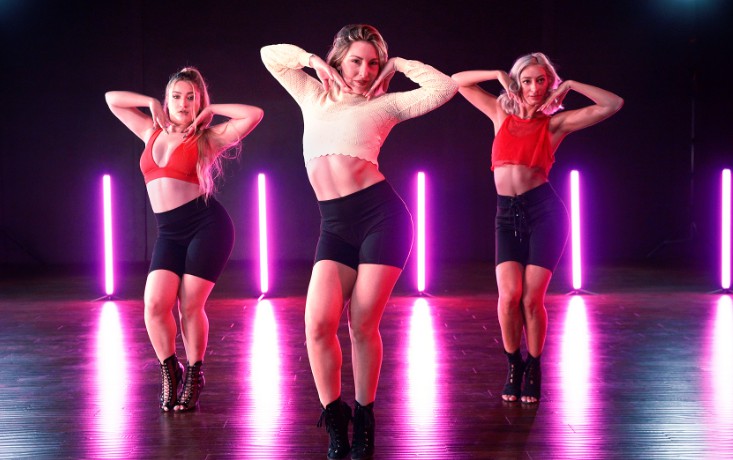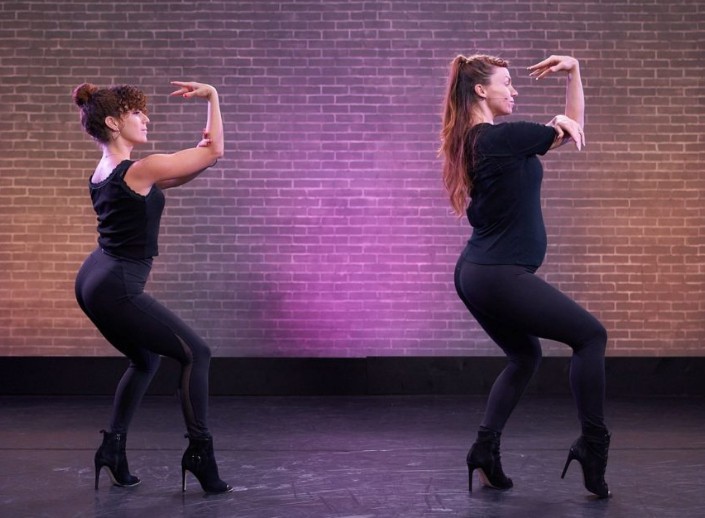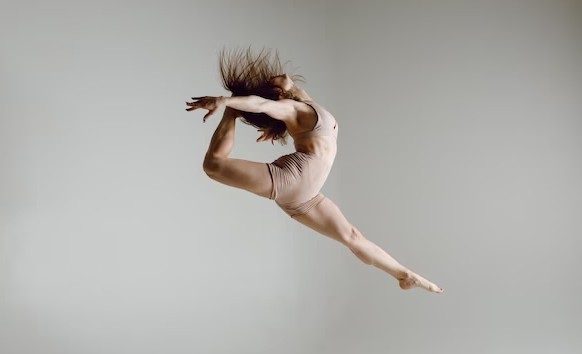Heels dance, a style of dance that involves choreography performed in high heels, has become increasingly popular in recent years. Initially, it was seen as a niche dance style, but it has since grown into a widely popular and inclusive form of dance.
Heels dance has been embraced by dancers and enthusiasts of all ages and genders, and it has become a space for individuals to express themselves and their creativity. What began as a movement for female empowerment has evolved into a welcoming space for all people.

There are many reasons for the rise in popularity of heels dance, including the appeal of the high-energy and empowering choreography, the inclusivity of the community, and the accessibility of online tutorials and classes.

Heels dance has roots in both commercial and street dance styles. Commercial dance, which is often performed in music videos and stage performances, includes movements that are stylized and theatrical. Street dance, on the other hand, is born from the streets and includes movements that are more raw and unpolished. Heels dance takes inspiration from both styles, incorporating the theatricality and stylization of commercial dance with the authenticity and rawness of street dance.
One of the unique aspects of heels dance is that it can be performed to any style of music. Dancers create choreography that is tailored to the music, which allows for a diverse range of styles and expression. This has contributed to the inclusivity of the dance form, as it allows for a wide range of dancers to participate and express themselves in their own way.
Online tutorials and classes have also contributed to the rise of heels dance. With the accessibility of online learning, dancers from all over the world can learn and connect with each other. Social media has played a major role in the promotion and visibility of heels dance, with dancers sharing their choreography and performances with the world.
Another reason for the popularity of heels dance is the community that has formed around it. Heels dance has become a welcoming and inclusive space for all people, regardless of their gender, age, or dance experience. The community is supportive and encourages individuality and creativity.

In conclusion, heels dance has evolved from a niche dance style to a widely popular and inclusive form of dance. The appeal of the empowering choreography, the inclusivity of the community, and the accessibility of online tutorials and classes have all contributed to the rise of heels dance. It has become a space for individuals to express themselves and their creativity in a welcoming and supportive community.
